Otago Peninsula Wildlife Photography Guide
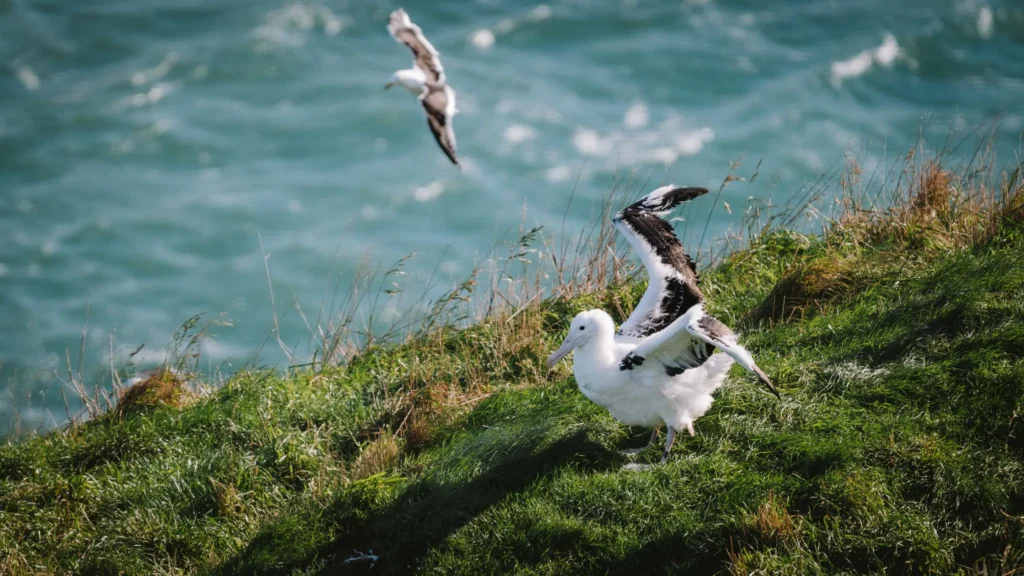
Otago Peninsula wildlife ranges from New Zealand sea lions resting on remote sandy beaches to rare seabirds nesting on cliff edges and wetlands alive with spoonbills, shags, and kingfishers. Set on the southern edge of New Zealand’s South Island, the peninsula is one of the country’s top wildlife photography locations. Its volcanic landscape of windswept headlands, sheltered bays, tidal inlets, and rugged beaches concentrates a huge variety of species. In the surrounding waters, fur seals, penguins, and even dolphins and whales can be spotted in the right season.

In this guide, I’ll take you through the specific Otago Peninsula locations where I captured these photographs — from sheltered bays to wild ocean beaches and finally the windswept headland. Each location offers its own unique wildlife encounters, photo opportunities, and challenges
Yellow-eyed Penguins at The OPERA – Best Place to See Penguins in Otago
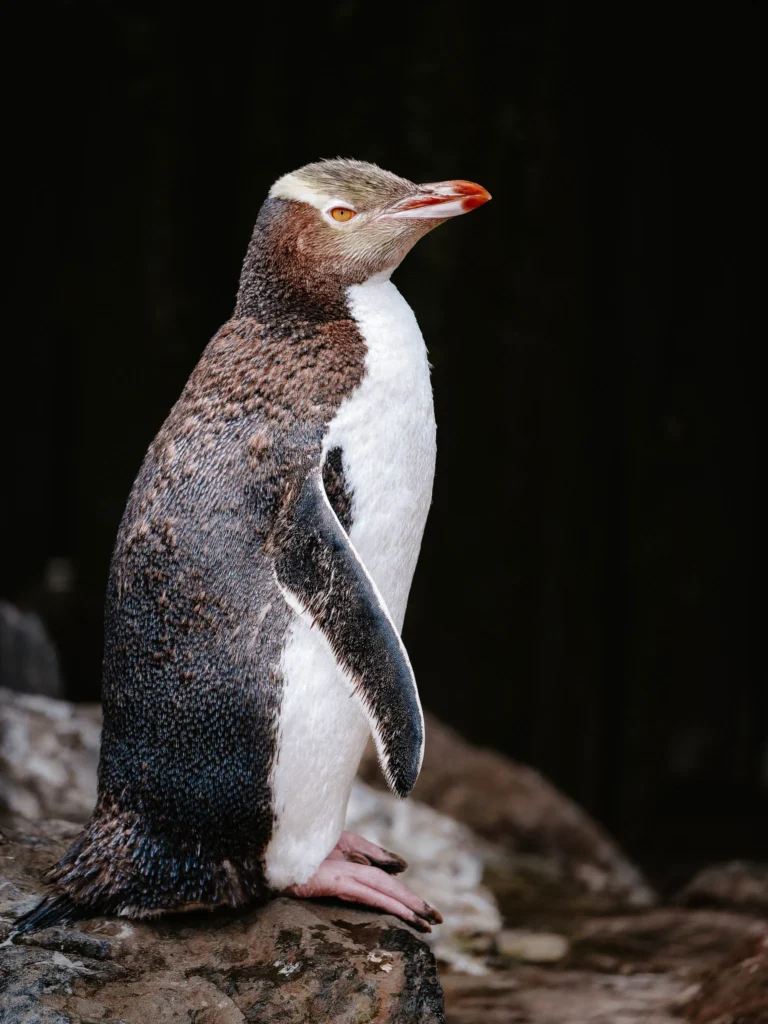
The yellow-eyed penguin (hoiho) is one of the rarest penguins in the world, with numbers declining due to habitat loss, introduced predators, and disease. Growing up in Otago and surfing its beaches, I often saw yellow-eyed penguins in the water or moving to and from the shore. Sadly, that sight has become rare. The best place to view them safely now is at The OPERA – Otago Peninsula Eco Restoration Alliance, formerly Penguin Place. My photos here are of rescued penguins in rehabilitation.
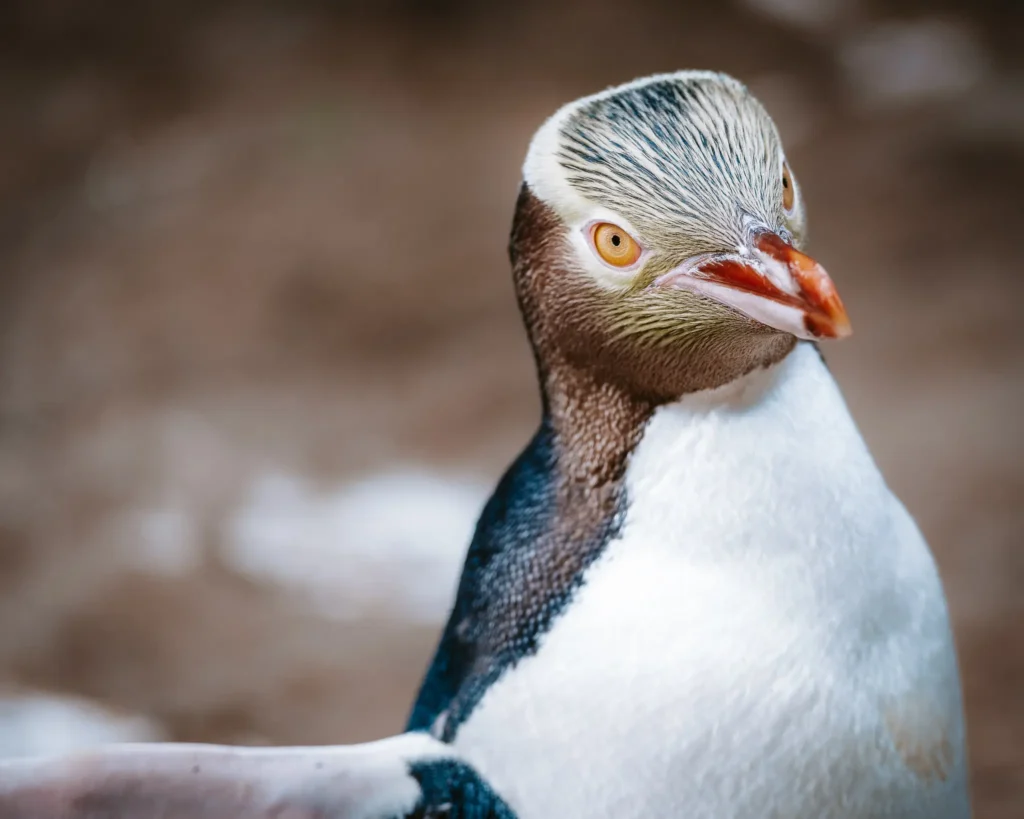
The OPERA uses a network of camouflaged trenches and hides, allowing photographers and visitors to watch penguins come ashore without disturbing them. The most reliable time to see them is late afternoon or dusk, particularly between September and February when adults are feeding chicks. They can also be active around sunrise, returning from a night of fishing, though light levels can be challenging for photography.
Hoopers Inlet – Bird Photography Paradise
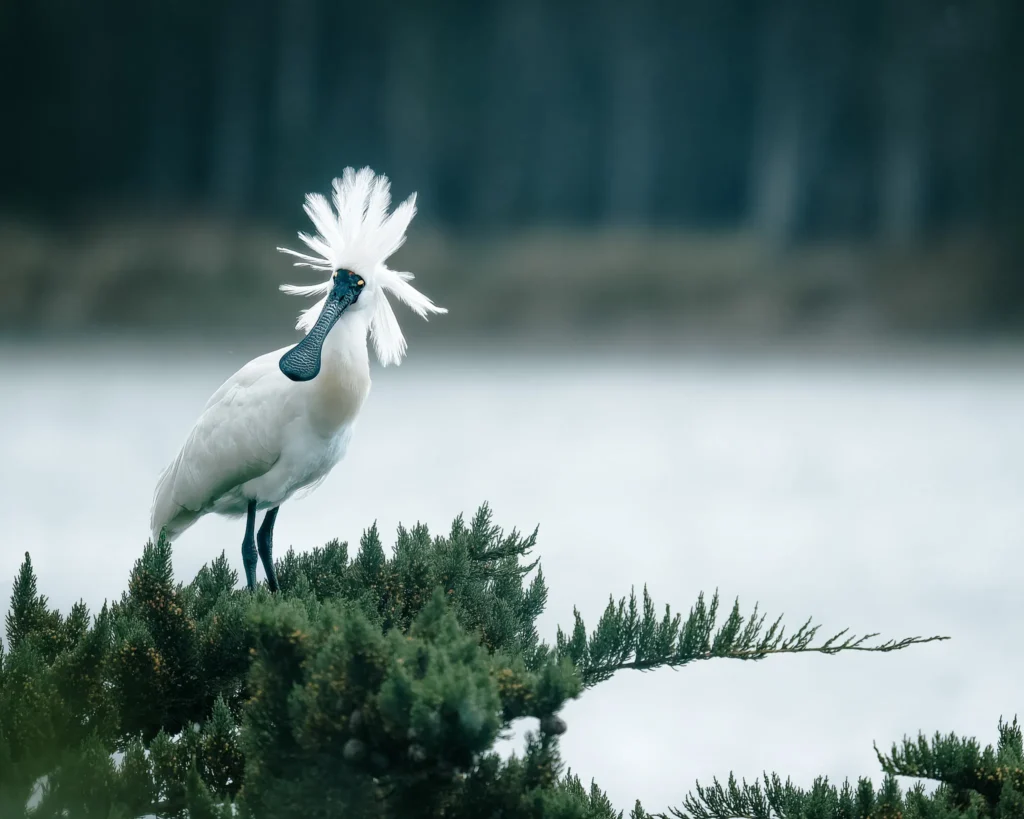
Hoopers Inlet, on the ocean side of the peninsula, is a tidal bay edged with salt marsh and mudflats. This is a hotspot for bird photographers, home to royal spoonbills, kingfishers, and tūī.

Early mornings with calm water can produce mirror-like reflections of the surrounding hills, making for striking compositions. A telephoto lens is essential here, as most birds are far from the roadside. Patience pays off — wait for moments like a spoonbill’s head shake or a kingfisher diving for prey.
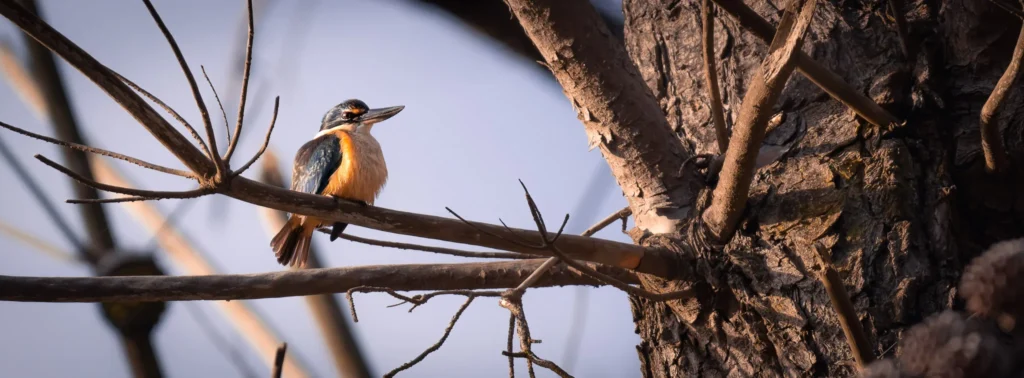
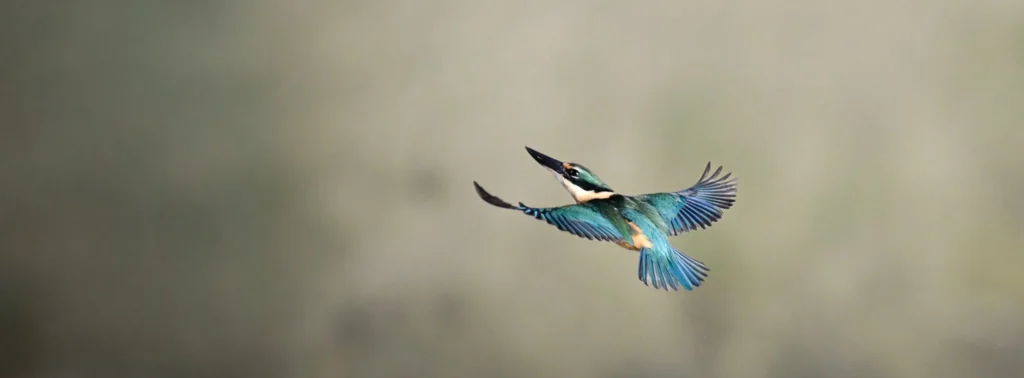

Allans Beach – Photographing New Zealand Sea Lions
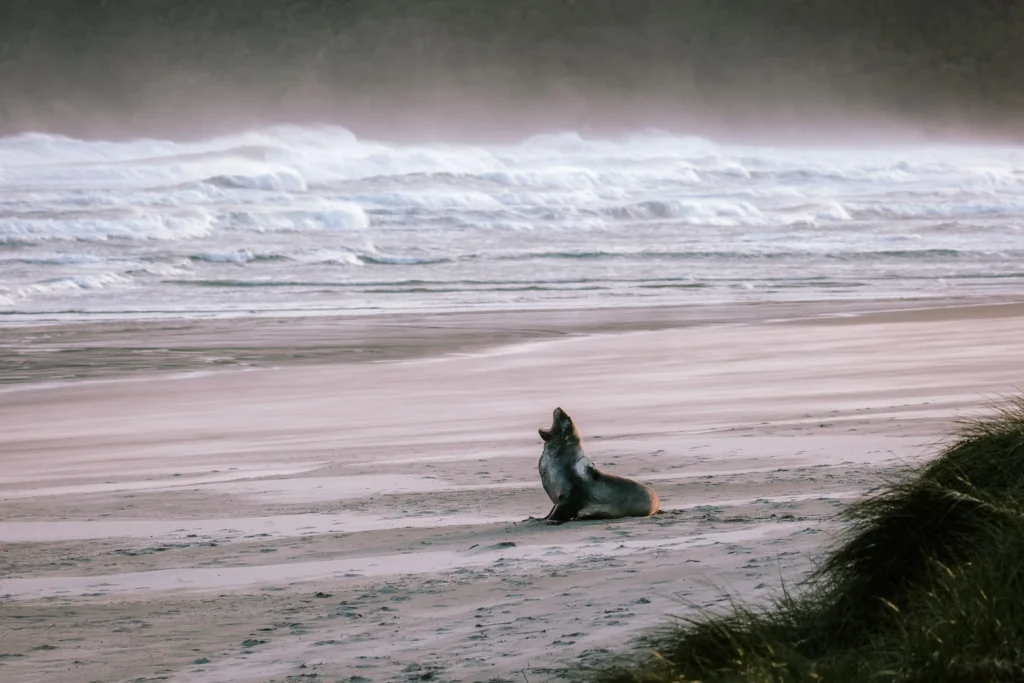
Allans Beach is a vast sandy stretch famous for its resident New Zealand sea lions — one of the rarest sea lion species in the world. Growing up in Otago, I often saw surfers accidentally annoy these locals, as sea lions and fur seals love to surf the waves. If you accidentally take their wave, they might surface right beside you barking in protest. I’ve even seen people chased out of the water on multiple occasions — they can be aggressive locals who demand respect. Always keep a safe distance (at least 20 metres from sea lions) and photograph at a low angle to capture their scale and presence while maintaining a clean background.

If you’re lucky and visit at the right time of day, Allan’s Beach can offer more than just sea lion encounters. The area is also home to yellow-eyed penguins and little blue penguins, which sometimes come ashore during the quieter hours. Along the tide line, you may spot variable oystercatchers probing the sand with their long red bills, often calling loudly as they defend their territory. These sightings aren’t guaranteed, but they add to the wild, untamed feel of the beach.

Taiaroa Head – Mainland Albatross Photography
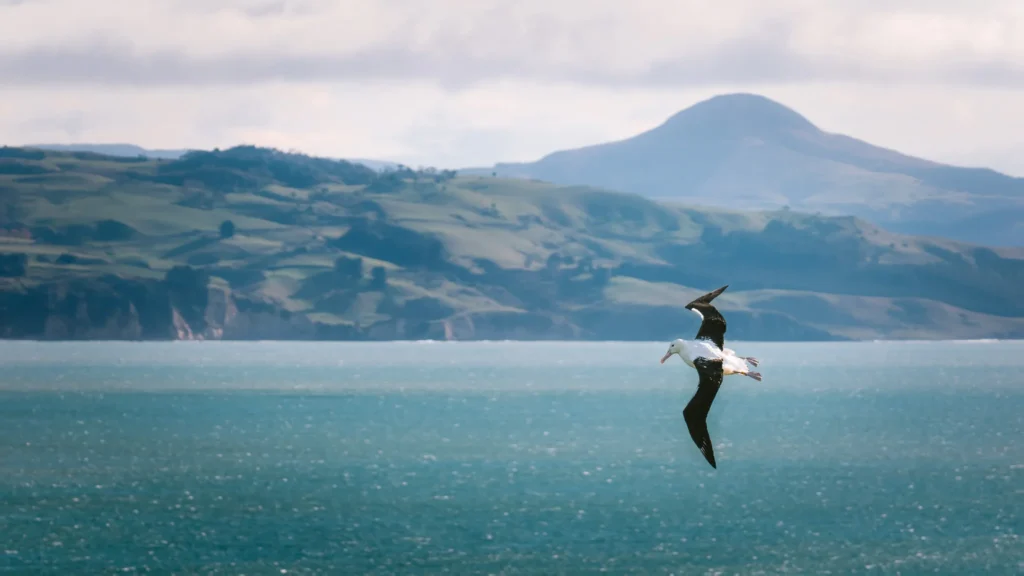
At the very tip of the peninsula lies Taiaroa Head, home to the world’s only mainland breeding colony of northern royal albatross. With wingspans over three metres, these seabirds are a must-see for wildlife photographers.
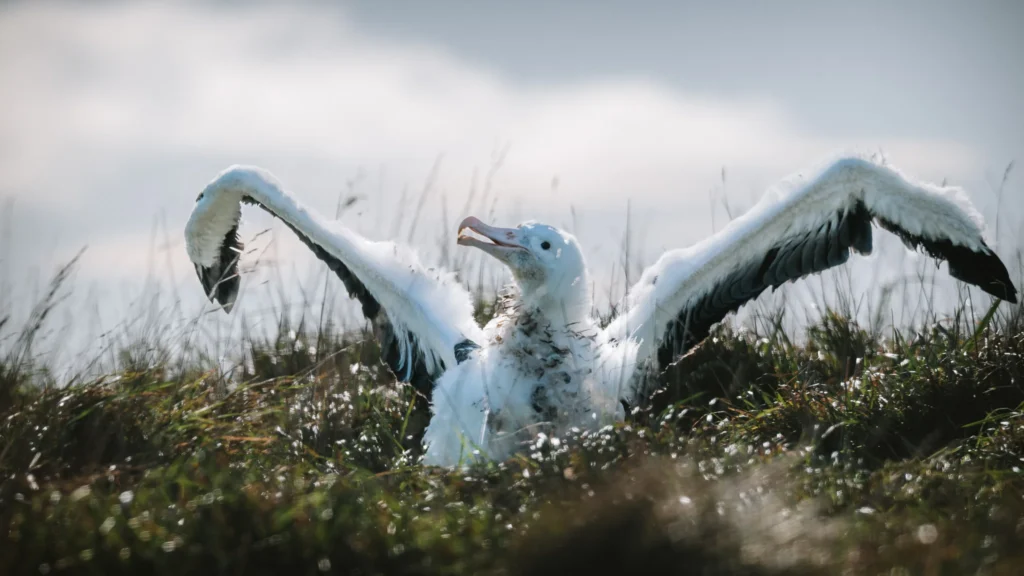
I visited during the nesting season, when chicks were in their nests and parents were flying in from the sea to feed them. On that day, there was a steady wind — perfect for the albatross coming in to land. Without it, these massive birds struggle to generate the lift they need to slow down and make a controlled landing. They also love to drift with the wind, covering massive distances and even circling the planet by gliding effortlessly on global wind currents.Your Attractive Heading
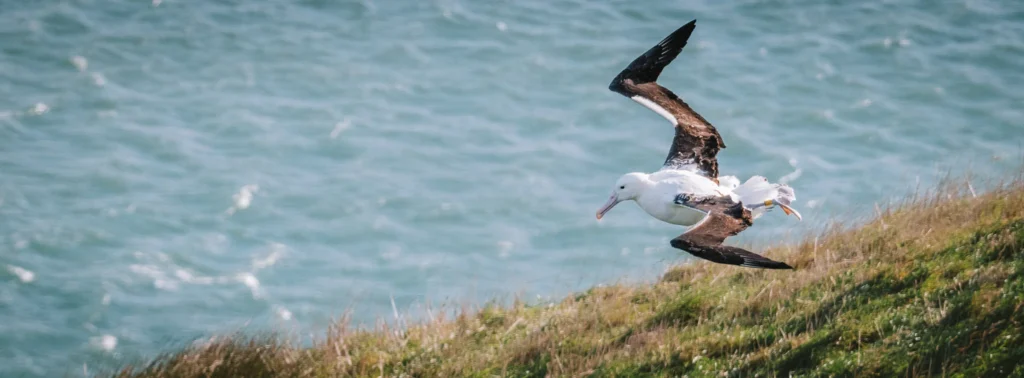
The best viewing — and where my photos were taken — is inside the Royal Albatross Centre, accessible via a paid guided tour. Windy days are perfect for capturing flight shots as the birds soar effortlessly over the cliffs.
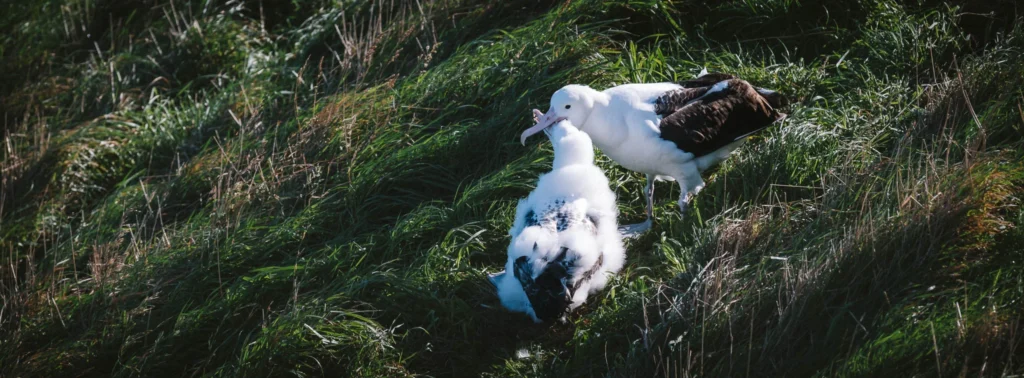
Recommended Camera Gear for Otago Peninsula Wildlife
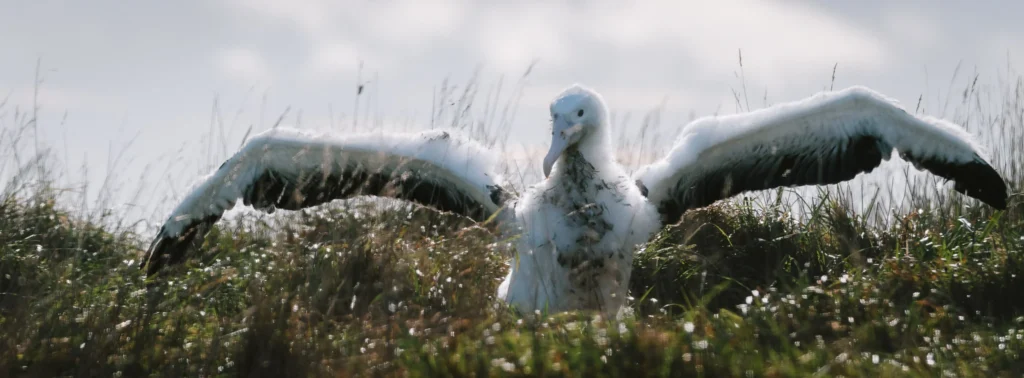
For most Otago Peninsula wildlife photography locations, a 500 mm lens on full frame is ideal. For these photos, I used a mix of a 500 mm lens on a Fuji APS-C body and, for the newer images, a Nikon Z 180-600 mm sometimes paired with a 1.4× teleconverter on the Z8. A fast telephoto lens is especially helpful for photographing penguins, as they often appear right at dusk when light is low. Weather-sealed gear is also important due to the peninsula’s unpredictable coastal conditions.
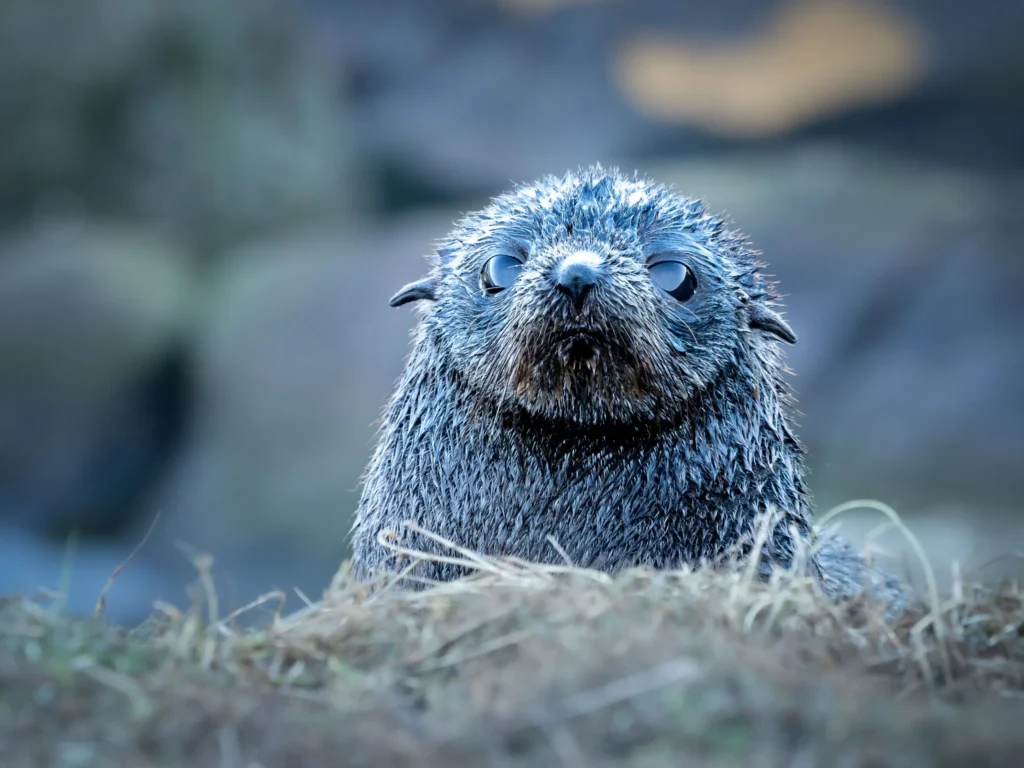
Conclusion – Why the Otago Peninsula Should Be on Every Wildlife Photographer’s List
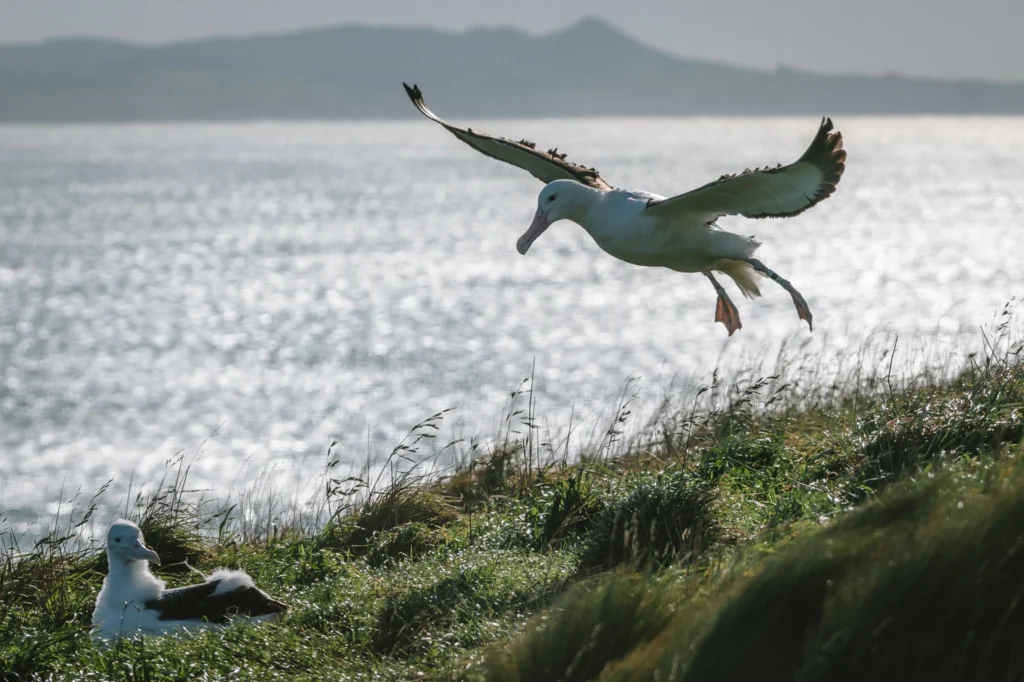
The Otago Peninsula is one of New Zealand’s most rewarding wildlife photography destinations, offering close encounters with rare species in spectacular coastal settings. Whether it’s the quiet return of a yellow-eyed penguin, the graceful glide of a royal albatross, or the imposing presence of a sea lion, every moment here feels unforgettable. For more photography guides and stories from New Zealand and beyond, explore the rest of the blog — and don’t forget to sign up for the newsletter to get new posts straight to your inbox.
